Introduction
A Male Pan Feeding System is an advanced automated feeding solution designed specifically for feeding male breeders in poultry farms. Male breeders require a precise and consistent feeding management approach to ensure healthy body weight, fertility, and uniformity during the breeding period. The Male Pan Feeding System provides a reliable and efficient way to deliver the right amount of feed to every rooster, avoiding feed wastage and competition while improving production results.
Modern poultry breeding emphasizes accurate nutrition management. The male birds (roosters) play a crucial role in the fertility rate and the overall performance of the breeder flock. Overfeeding or underfeeding can negatively affect mating efficiency and egg fertilization rates. The Male Pan Feeding System, therefore, is a critical component in breeder farm automation that ensures every bird receives the right nutrition at the right time.
This feeding system integrates intelligent control, durable materials, and ergonomic design to create a smooth feeding process. It helps maintain optimal male body condition, enhances mating performance, and contributes to a more profitable breeder operation.
Technical Parameters
Feeding Pan Diameter | 330–360 mm |
Pan Material | High-quality polypropylene (PP) or stainless steel |
Feed Level Adjustment | 5–10 levels adjustable |
Feeding Line Pipe | 45 mm galvanized or stainless steel |
Feed Capacity per Pan | 3–4 kg |
Drive Motor Power | 0.75–1.1 kW |
Feed Delivery System | Chain or auger type |
Control System | Automatic feeding controller |
Applicable Birds | Male breeders, roosters |
Feed Distribution Speed | 36–60 m/min |
Installation Type | Suspended or floor-mounted |
Cleaning Method | Manual or automatic washing optional |
Features of Male Pan Feeding System
Precision Feeding Control
The system allows precise adjustment of feed quantity per pan to ensure each male bird gets its required daily ration. This prevents overfeeding, maintains body weight, and promotes fertility.
Specially Designed Male Feeding Pans
The pan height and grill design are optimized to accommodate the larger size and feeding behavior of roosters, preventing hens from accessing the male feed line.
Automatic Feed Distribution
Equipped with a centralized feed delivery mechanism that ensures even feed distribution across all pans within seconds, minimizing bird competition.
Durable and Corrosion-resistant Materials
Made from heavy-duty polypropylene or stainless steel, resistant to corrosion, UV light, and high-pressure washing, ensuring long lifespan even in humid farm environments.
Easy Feed Level Adjustment
The adjustable feed level mechanism allows farm managers to set feed depth based on bird age and feed type.
Anti-feed Waste Design
The raised edges and anti-spill structures in the pans reduce feed loss and keep the feeding area clean.
Automatic Elevation System
The pan feeding line can be lifted after feeding to prevent birds from sleeping or defecating in the pans, maintaining hygiene.
Smooth Operation and Low Maintenance
Minimal moving parts and robust design reduce maintenance requirements and operational costs.
Integrated Control System
Can be linked to the central farm management system for timing, portion control, and monitoring.
Advantages of Male Pan Feeding System
Improved Feed Efficiency
Each bird receives an accurate amount of feed, improving feed conversion ratio (FCR) and reducing overall feed costs.
Enhanced Male Uniformity
Consistent feeding helps maintain a uniform body weight among males, which is essential for optimal mating success.
Better Reproductive Performance
Stable body weight and nutritional balance lead to higher fertility rates and improved egg fertilization percentages.
Reduced Labor Cost
Automation replaces manual feeding, saving significant time and labor, especially in large breeder houses.
Clean and Hygienic Feeding
The elevated system prevents feed contamination and reduces disease transmission risks.
Long-lasting Durability
The materials are strong, rust-proof, and easy to clean, ensuring reliable operation over many production cycles.
Customizable for Different Breeds
Feed levels, pan heights, and line speeds can be adjusted according to specific male breeder requirements.
Integration with Farm Automation
The system can be connected to sensors, feed silos, and climate controllers, creating a fully automated poultry environment.
Application Scenarios
The Male Pan Feeding System is widely used in the following scenarios:
Broiler Breeder Farms
Ensures accurate feeding for male breeders, supporting consistent mating and high fertility.
Layer Breeder Farms
Used to maintain male rooster body weight, ensuring effective mating and fertilized egg production.
Parent Stock Farms
Ideal for feeding male parent birds where controlled nutrition is essential for breeding efficiency.
Automated Poultry Houses
Integrated with automated feeding, watering, and ventilation systems to streamline entire farm management.
Poultry Research Facilities
Used in research settings where precise feed control is necessary to study breeder performance.
Usage Instructions
System Installation
Mount the feeding line securely using suspension cables or brackets.
Connect the feed hopper or silo to the feed delivery system.
Ensure all feed pans are properly aligned along the line.
Initial Setup
Adjust feed level according to the age and size of the birds.
Set the timer or controller to regulate feeding intervals.
Test the system to ensure even feed distribution.
Daily Operation
Start the automatic feeding cycle according to schedule.
Observe bird feeding behavior to ensure all males are eating evenly.
Raise the feeding line after feeding to keep pans clean.
Maintenance and Cleaning
Clean feed pans regularly to avoid mold and residue.
Inspect motors, chains, and sensors for wear or blockage.
Replace any damaged pans or components promptly.
Safety Precautions
Disconnect power before performing maintenance.
Avoid water splashing directly on the motor.
Use protective gloves during cleaning or adjustments.
Frequently Asked Questions (FAQ)
Q1: What is the difference between a Male Pan Feeding System and a Female Pan Feeding System?
A1: The Male Pan Feeding System is specifically designed for male breeders with higher pan heights and grills that prevent hens from accessing feed. It provides smaller portions to control male body weight, while female systems deliver feed in higher quantities suitable for egg production.
Q2: Can the system be customized for different bird sizes or breeds?
A2: Yes. Feed pan size, line height, and feed level settings can be customized according to the breed, age, and management goals of your farm.
Q3: How often should the system be cleaned?
A3: It’s recommended to clean pans weekly and perform a full system cleaning at the end of each production cycle to maintain hygiene and performance.
Q4: Can it be integrated with automatic feed silos and control panels?
A4: Absolutely. The Male Pan Feeding System can be linked to an automatic silo feeding line and farm control system for synchronized operations.
Q5: What power supply does the system require?
A5: Standard models use 220V or 380V, depending on the motor type and line length.
Q6: How long does the system last?
A6: With proper maintenance, the system can last over 10 years, making it a long-term investment for breeder farms.
Q7: Is it suitable for both open and closed poultry houses?
A7: Yes. The system performs efficiently in both types of environments and can be combined with ventilation or climate control systems.
Q8: Does it help reduce feed waste?
A8: Yes. The anti-spill design and precise portioning significantly minimize feed loss.
Conclusion
The Male Pan Feeding System plays a vital role in modern poultry breeding management. By offering accurate feed delivery, automation, and durable performance, it ensures male breeders maintain ideal body condition, enhancing reproductive efficiency and farm profitability. Its integration with other poultry automation systems like climate controllers, silos, and water systems makes it an indispensable solution for any modern breeder farm.
Choosing a high-quality Male Pan Feeding System helps poultry producers achieve better fertility rates, feed efficiency, and long-term operational stability. It’s a smart investment for any breeder farm aiming to optimize productivity and minimize feeding costs.
Company Profile
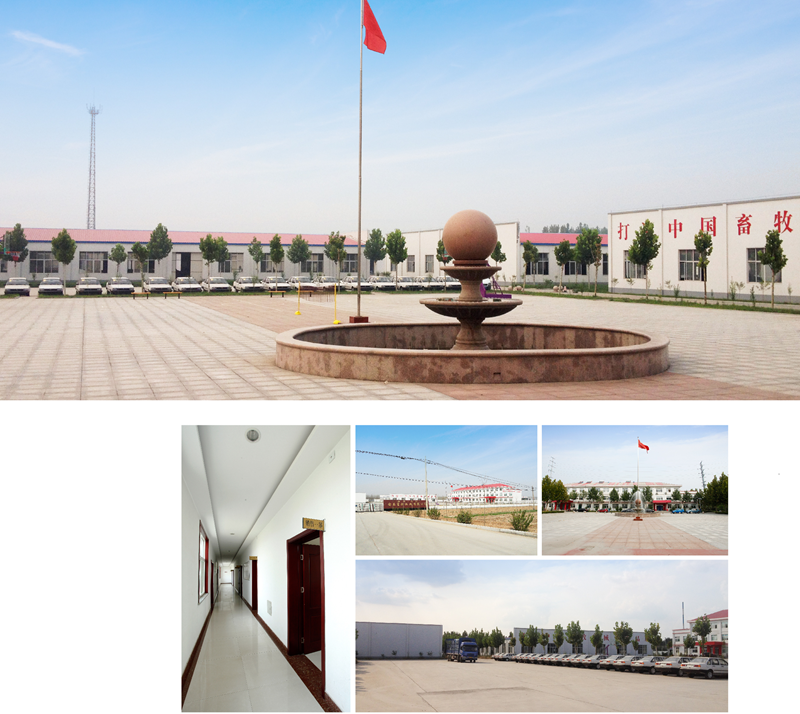
Shandong Huimin Qinle Livestock Machinery Co., Ltd. (formerly Shandong Huimin Qinle Livestock Machinery Factory) is a professional poultry equipment manufacturer with over 20 years of experience. We offer a comprehensive service package, from design (land and chicken coops), production (equipment and prefabricated steel coops), installation, commissioning, customer training, and after-sales service.
Located in Huimin County, Binzhou City, Shandong Province, China, the company has extensive experience in mechanical processing and manufacturing, as well as livestock machinery production and operation. With fixed assets of RMB 15 million, the company employs 160 people, including 30 R&D staff, and occupies a 40,000-square-meter factory. Equipped with over 110 pieces of advanced precision production equipment, including CNC machining centers and laser cutting machines, the company boasts a production capacity of RMB 50 million.
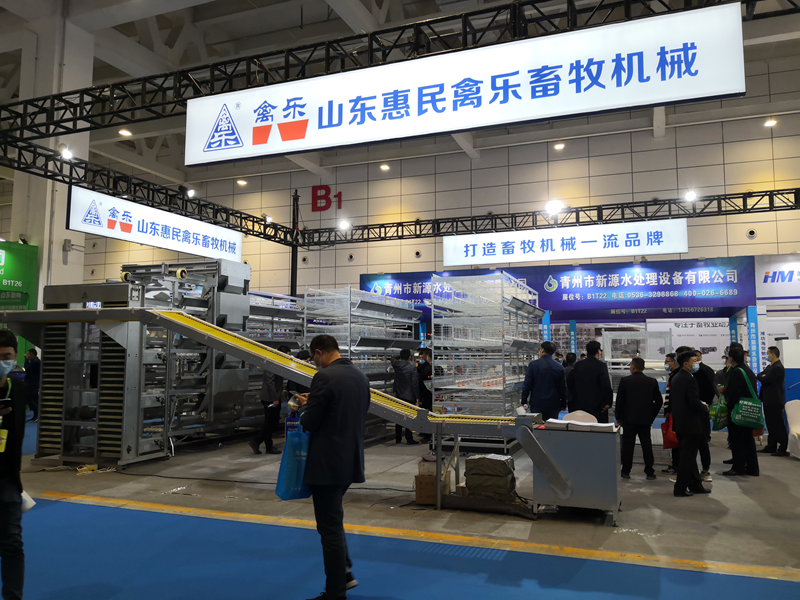


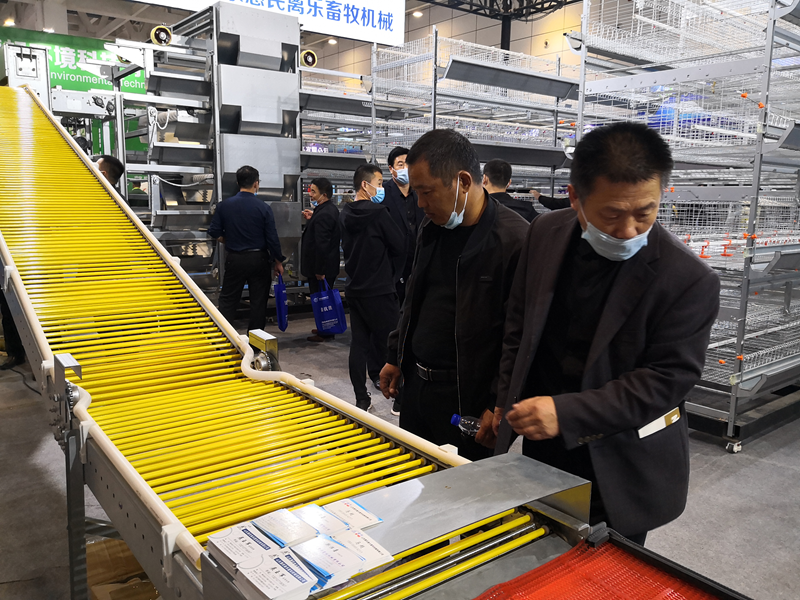
Chicken Farming Equipment Mesh Production Workshop

Machining Workshop

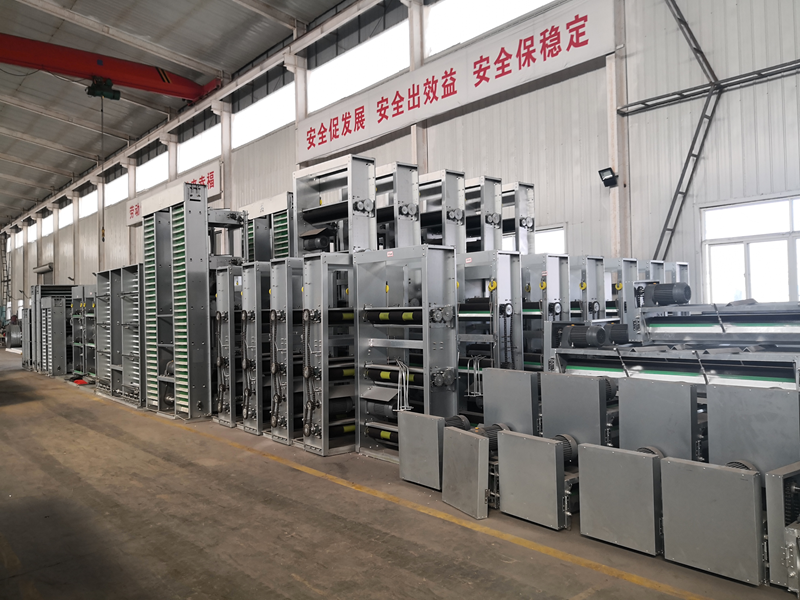
Turret-type CNC Punch Press, Laser Cutting and Other Machining Equipment



Fully Automated Roll Forming Production Line

Hot-dip Galvanizing Production Line

Electroplating Production Line

Environmental Protection Equipment

Chicken Farming Equipment Product Series
Egg-laying Hen Farming Equipment
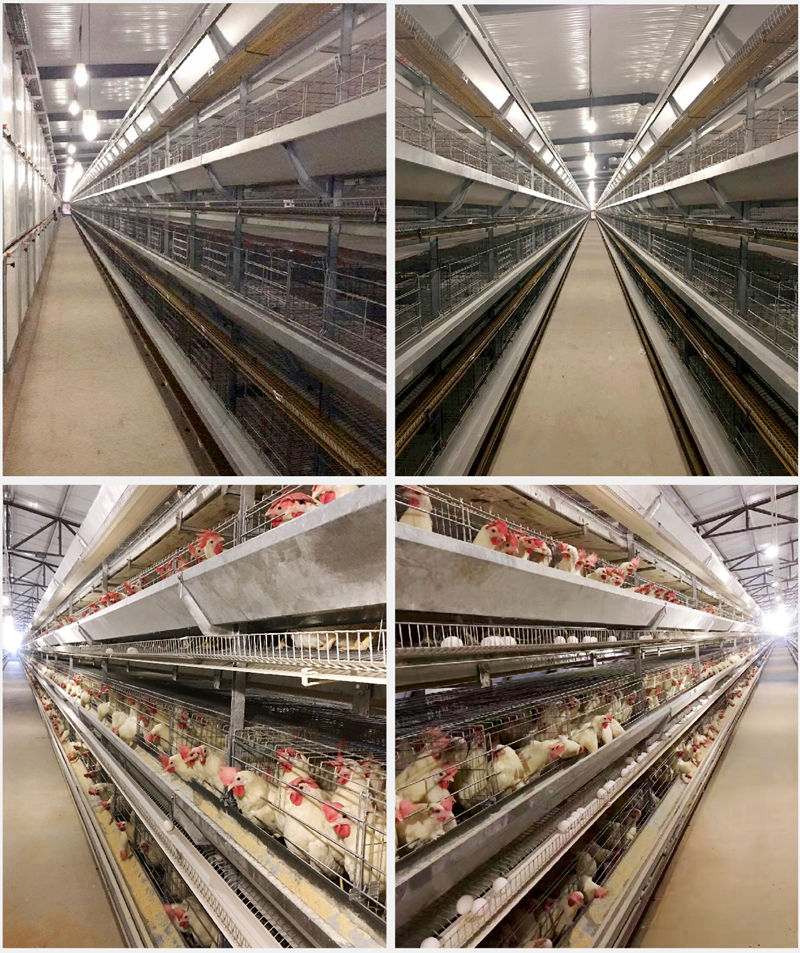
Stacked Brooding Cage Equipment

Stacked Broiler Cage Equipment
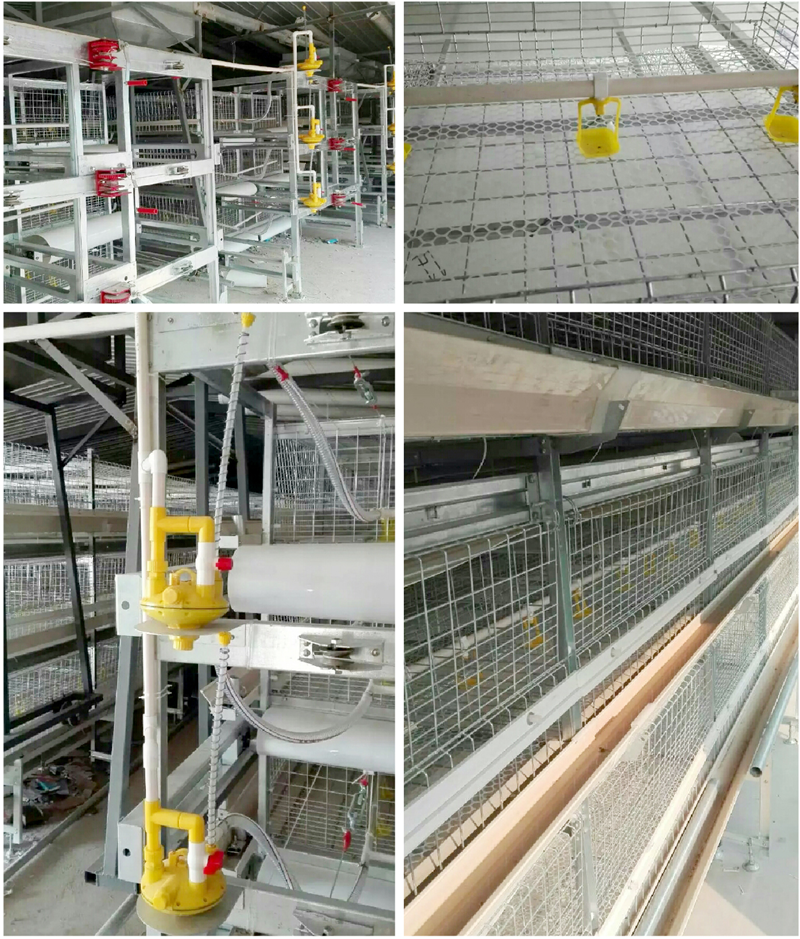
Stepped Layer Hen Cage Rearing Equipment
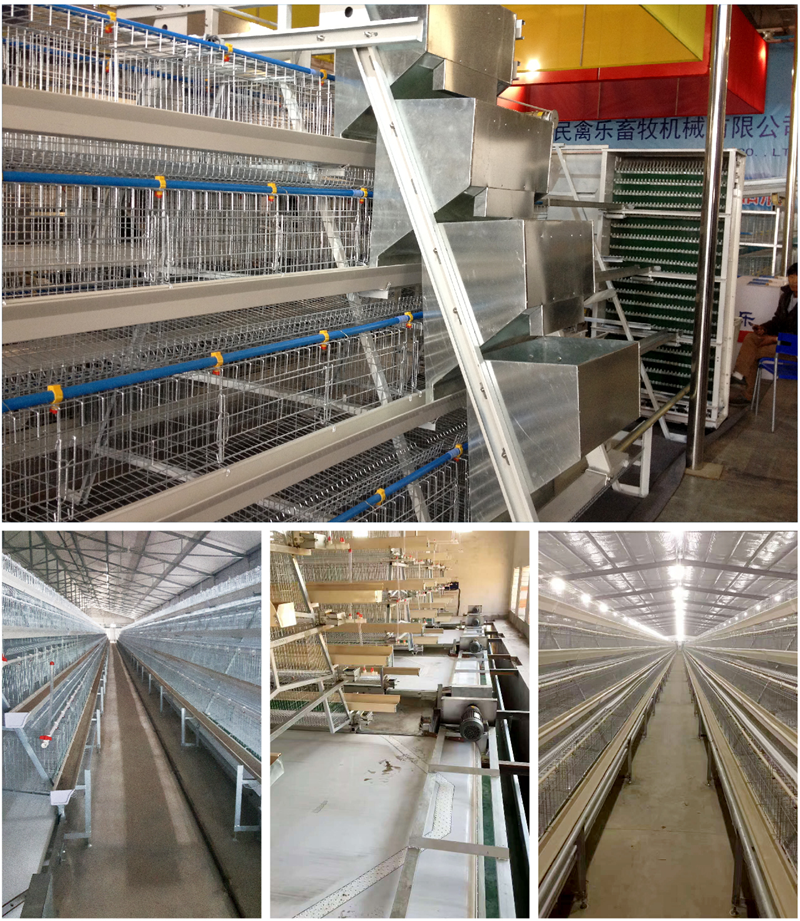
Automatic Egg Collection System

H-type Cage Feeding Machine
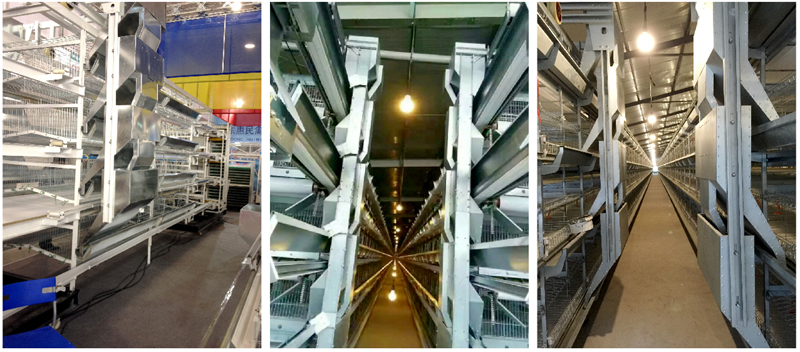
Stepped Cage Straddle Feeder
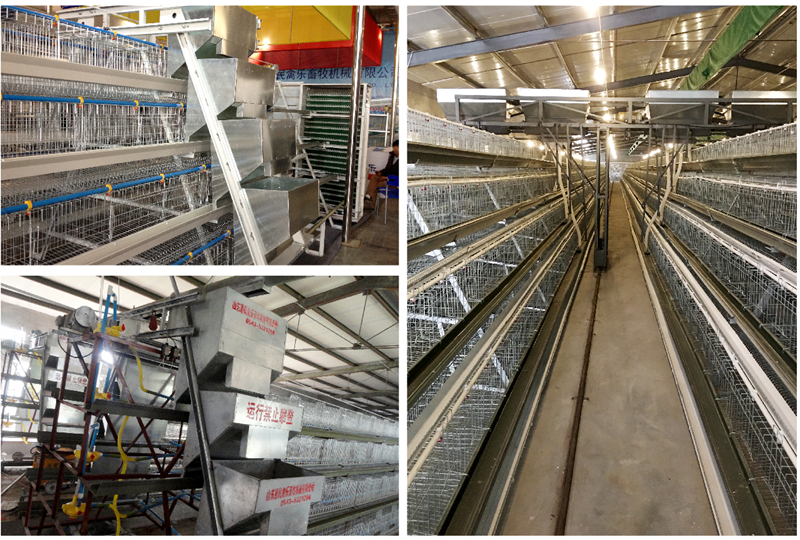
Manure Removal Machine

Fans, Heated Curtains, Environmental Control Systems, and Lighting Equipment
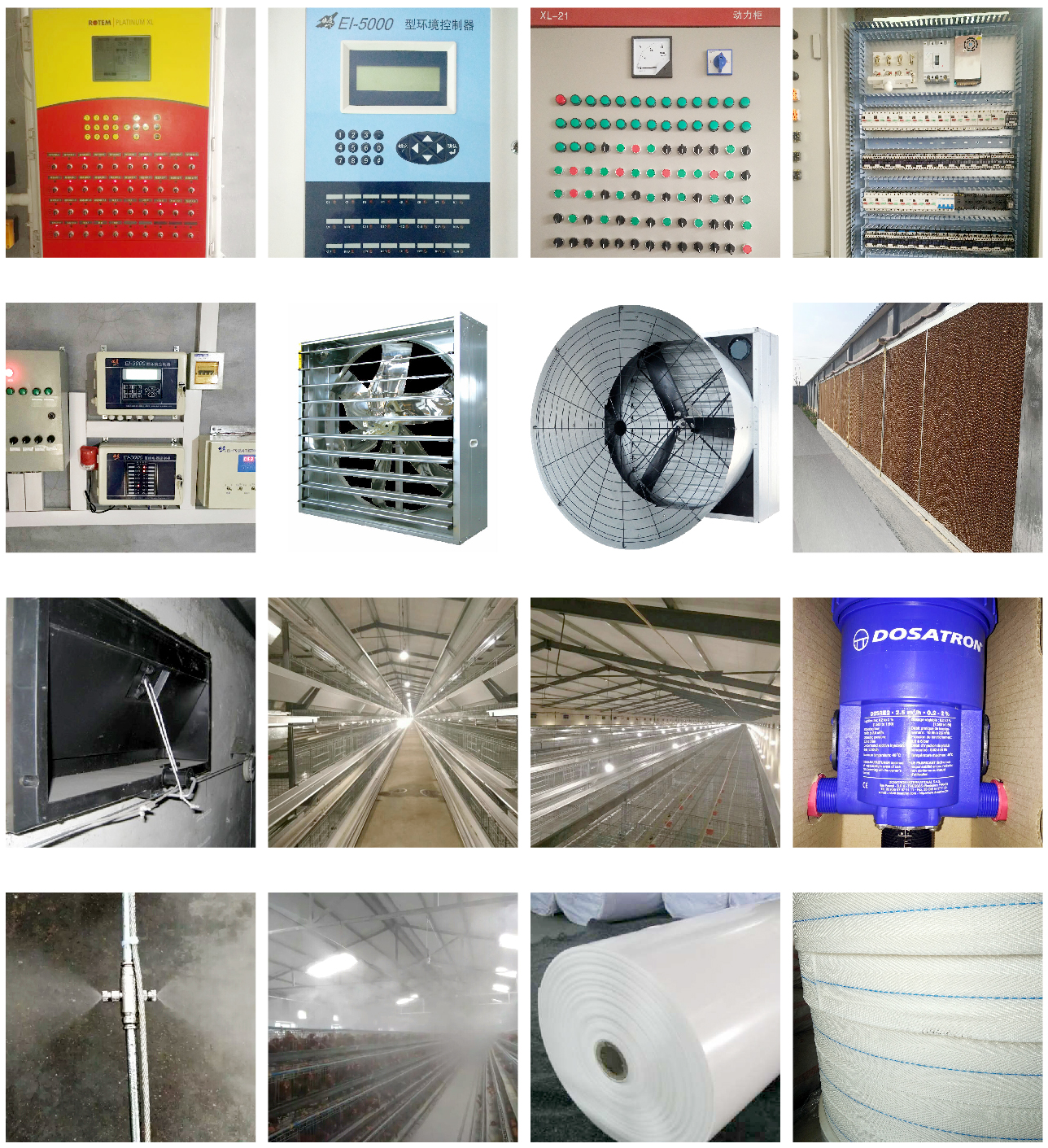
Complete Set of Equipment for Organic Fermentation Treatment of Manure


 Catalogue
Catalogue































 واتس اب
واتس اب هاتف
هاتف